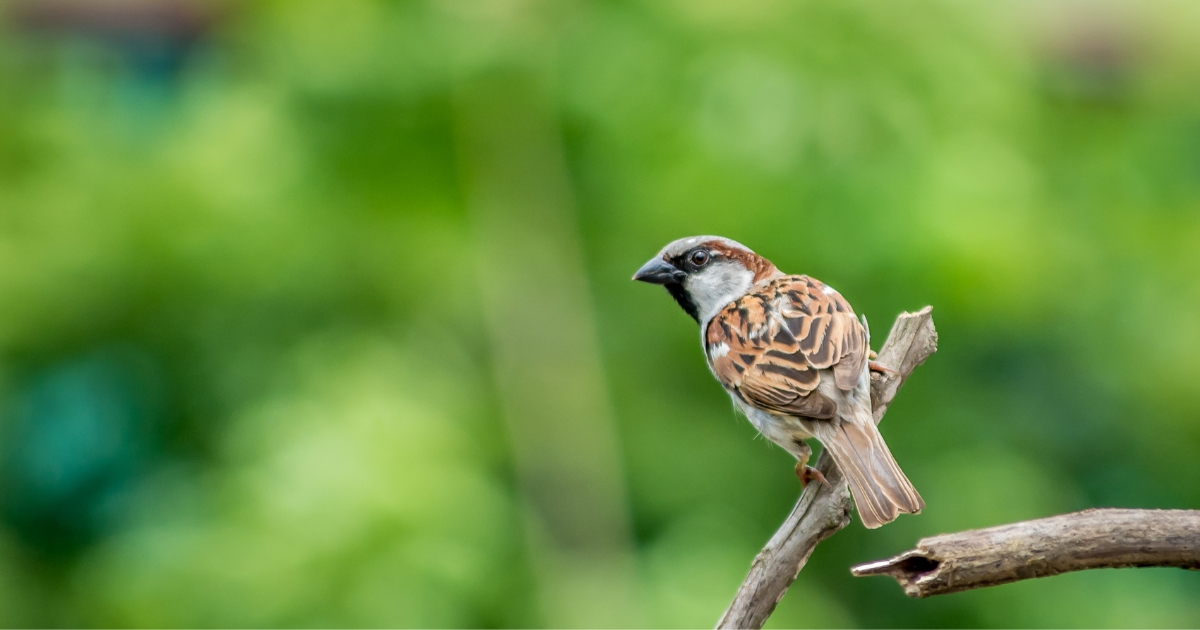Did you know that a tiny hummingbird’s heart can beat up to 1,260 times per minute? This incredible feat is made possible because birds are warm-blooded creatures, meaning they can regulate their body temperature internally. Unlike cold-blooded animals that rely on external sources to maintain their body heat, birds have evolved unique adaptations to stay warm and thrive in various environments.
What it Means to be Warm-Blooded
Endothermic and Ectothermic Animals
Warm-blooded animals, also known as endotherms, generate heat internally through metabolic processes. This allows them to maintain a relatively constant body temperature, regardless of their surroundings. On the other hand, cold-blooded or ectothermic animals, like reptiles and amphibians, rely on external sources of heat, such as sunlight or warm surfaces, to regulate their body temperature.
Advantages of Being Warm-Blooded
Being warm-blooded offers several advantages for birds. First, it allows them to maintain an active metabolism and energy production, which is essential for their high-energy activities like flight and migration. Additionally, a consistent body temperature ensures optimal function of their physiological processes, including digestion, circulation, and reproduction.
Birds’ Unique Adaptations for Warmth
Feathers and Insulation
One of the most remarkable adaptations that birds possess for warmth is their feathers. Feathers not only provide insulation but also trap air, creating an effective thermal barrier. Birds preen their feathers regularly, spreading oil from their preen gland to maintain the feathers’ waterproofing and insulating properties.
Circulatory System and Heat Distribution
Birds have an efficient circulatory system that helps distribute heat throughout their bodies. Their hearts are relatively large, pumping blood at a high rate to ensure proper heat distribution. This system also allows birds to regulate heat loss through their extremities, such as their legs and feet.
Metabolic Rate and Energy Requirements
To maintain their high body temperatures, birds have a fast metabolic rate, which means they burn energy at a rapid pace. This high energy demand is met through their specialized diets and efficient digestive systems. For example, hummingbirds, known for their incredibly fast metabolisms, can consume up to twice their body weight in nectar each day.
Examples of Warm-Blooded Bird Species
Penguins in Cold Environments
Penguins are a prime example of how birds have adapted to regulate their body temperature in extreme cold conditions. Their dense, waterproof feathers and thick layers of insulating fat help them stay warm in the icy waters and harsh conditions of Antarctica.
Hummingbirds and Their High Metabolic Rates
Hummingbirds are among the smallest warm-blooded creatures on Earth, yet they possess an incredible ability to maintain their high body temperatures. Their rapid wing beats, which can reach up to 80 times per second, generate substantial heat, allowing them to maintain their high metabolic rates.
Migratory Birds and Their Ability to Adapt
Migratory birds, such as the Arctic tern, travel vast distances each year, exposing themselves to a wide range of temperatures and climates. Their warm-blooded nature allows them to adapt quickly to these changing conditions, ensuring their survival and successful reproduction.
Importance of Warm-Bloodedness for Birds
Flight and Energy Demands
The ability to maintain a high and consistent body temperature is crucial for birds’ flight capabilities. Their warm-blooded nature allows them to generate the necessary energy for powerful wing beats and sustained flight, enabling them to migrate, forage, and escape predators effectively.
Survival in Various Climates
Warm-bloodedness enables birds to thrive in a wide range of habitats, from the Arctic tundra to the tropical rainforests. By regulating their internal body temperature, they can adapt to changing environmental conditions and exploit different ecological niches.
Reproduction and Parental Care
Warm-bloodedness plays a vital role in the reproductive success of birds. It allows them to maintain optimal incubation temperatures for their eggs and provides the necessary warmth and energy for caring for their young, ensuring the survival of the next generation.
People Also Read:
- Do Birds Eat Cicadas? A Look at the Feast of Plenty
- Do Birds Fart? Exploring the Flatulence Phenomenon in Our Feathered Friends
Conclusion
Birds are undoubtedly warm-blooded creatures, possessing remarkable adaptations that enable them to regulate their body temperature efficiently. From their insulating feathers and efficient circulatory systems to their high metabolic rates, these evolutionary traits have allowed birds to thrive in various environments and engage in energy-demanding activities like flight and migration.
The significance of warm-bloodedness in the avian world cannot be overstated. It not only ensures their survival but also plays a crucial role in their ability to reproduce and adapt to changing climatic conditions. As we continue to explore the intricacies of the natural world, our understanding of the thermal regulation capabilities of birds will undoubtedly deepen, furthering our appreciation for these incredible creatures.
FAQs
Are all birds warm-blooded?
Yes, all living bird species are warm-blooded or endothermic animals, meaning they can regulate their internal body temperature through metabolic processes.
Can birds regulate their body temperature in extreme conditions?
Yes, birds have evolved various adaptations, such as insulating feathers, efficient circulatory systems, and high metabolic rates, that allow them to maintain their body temperature even in extreme hot or cold environments.
How do birds maintain their body temperature at night?
During the night, birds conserve heat by fluffing up their feathers to trap air and reduce heat loss. Some species also tuck their bills into their feathers or huddle together to share body heat.
Do baby birds have the same ability to regulate body temperature as adults?
No, newly hatched birds have limited ability to regulate their body temperature. They rely on the warmth provided by their parents or nest materials until they develop their insulating feathers and metabolic capabilities.
What happens if a bird’s body temperature drops too low?
If a bird’s body temperature drops significantly below its normal range, it can experience hypothermia, leading to decreased metabolic function, lethargy, and potentially death if not warmed up promptly.

